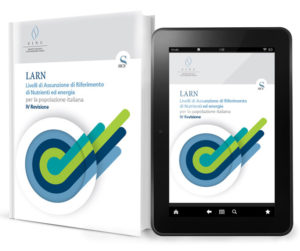
SICS edita libri sia in formato cartaceo che come e-book. I libri di SICS sono acquistabili nelle principali librerie universitarie e su tutti gli store digitali italiani e internazionali.
SICS dispone anche di uno store digitale proprietario in grado di emettere coupon prepagati e buoni sconto.